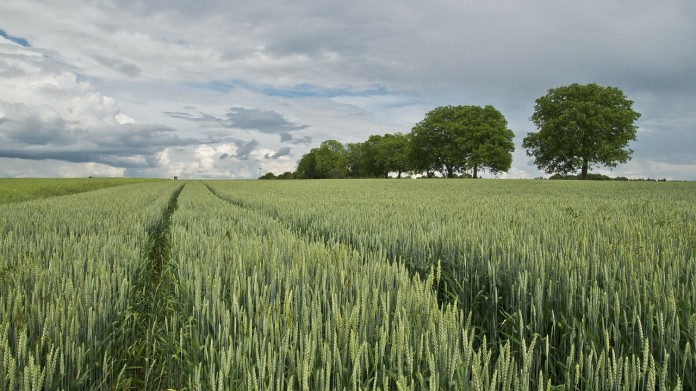What does conservation mean? What does preservation mean? What are the differences between conservation and preservation?
What can and can’t I do on certain land? Are there restriction and limitations on every aspect of the environment?
These are a few questions that may need to be addressed when accessing public lands or possibly purchasing a property of your own.
I find that many people do not know the difference between these two or what each specifically means.
I only learned it a few short months ago myself. As a matter of fact, as I was typing this article, a gentleman in my office brought up the differences and I explained them to him.
The difference
Conservation is how many Americans believe public lands should be managed. Conservation means that the land and the natural resources available should be used by humans but still conserved in a responsible manner.
The environment should be sustained properly so that we don’t permanently destroy these resources. Conservationists want to pass the land on to future generations.
Preservation is much stricter than conservation. Preservation means the natural resources and the land should not be consumed by humans, but instead should be maintained for pristine beauty and habitat.
The land has value in itself by simply existing. Preservation lands should be used for education purposes, simple enjoyment and to provide a safe habitat for plants and animals.
Examples
Here in Tuscarawas County we have an excellent example of conservation and preservation land available to the public at the Norma Johnson Conservation and Preservation Center, located in Dover.
The conservation side of this property is 63 acres and was donated by Norma Johnson in 1989 to the Tuscarawas Soil and Water Conservation District.
The preservation side — 240 acres — was later donated by Norma’s daughter in 1998 after Norma passed. This land was donated to the Tuscarawas County Commissioners.
Both sides of the property are maintained — mowed, cleaned, safety concerns are fixed, etc.
No hunting or trapping is permitted on either sides of the land. Fishing is permitted but a catch and release policy is implemented.
Restrictions
On the conservation side of the property, we can do pretty much anything. We address and fix erosion issues, pond and wetlands problems, establish nature trails, do wildlife plantings and stock the ponds.
A bathroom was built is 2009 and a picnic shelter also exists. Many of the nature programs held by our education director, Marsha Freeland, are on the conservation side.
However, on the preservation side, many restrictions do apply. The main purpose is for education and enjoyment.
Foot trails are permitted for hiking, but no picnic areas, open burning or fires are allowed.
There are designated parking lots that were designed and installed with the least environmental and visual impacts.
No motorized vehicles or equipment of any kind are permitted outside the parking area except for repairs and maintenance.
Dead or diseased trees may be removed to improve forest stand health or for public safety measures. Timbering trees and clear cutting is prohibited.
Restrictions vary
There may be many different restrictions and limitations on different lands. Some of these may vary by state, county, and past deeds and requirements.
When purchasing land you may want to check for things like this first. When accessing public lands be sure to read the rules and regulations beforehand.
Most are posted at a welcome center or kiosk, and many can be found online.
Not all conservation and preservation lands have the same direct set of rules and regulations.














I appreciate your article, but I think you missed the mark just a bit. First, I think it is very difficult these day…if not impossible to “preserve” much of anything. Ecology is the study of changes in the environment and the environment is constantly changing. If the goal is to “preserve” the environment, then the goals should be to let nature take it’s course and let the environment change without intervention. However, it would be difficult to find any land, anywhere on Earth that hasn’t already been changed by humans.
You mention that there are hiking trails located within the “preservation” lands. Hiking trails can lead to changes in the environment. However, one can employ best management practices in regard to routing and management of hiking trails and therefore reduce any impacts to the surrounding environment. That would be based in the practice of “conservation.”
I guess my point is that in a growing population of humans, “preservation” isn’t really possible.
Ron Dodson